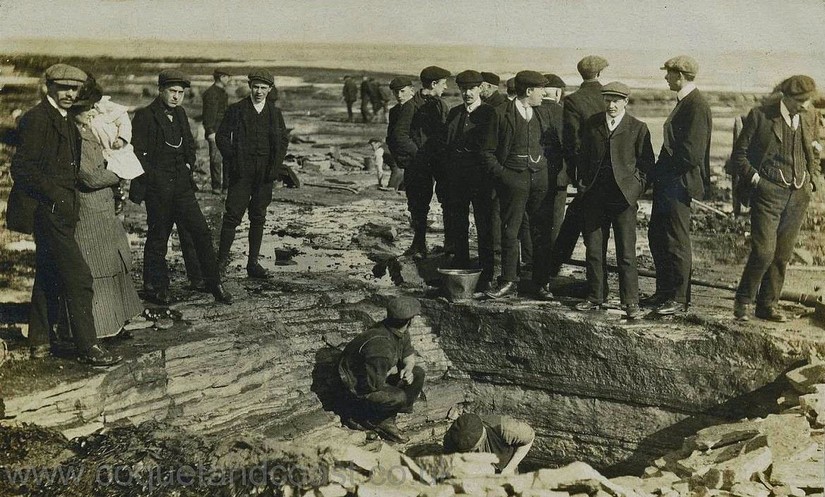Seacoal: “A Vayne of Secoles”
20/11/2018 | Angus Stephenson
This blog is about seacoaling, once a highly visible industry in the North-East and now almost vanished... almost.
If you walk up Farringdon Street, near Fleet Street, in the City of London, you might pass this sign. A little further on there is another street called Newcastle Close and just around the corner is Limeburner Lane. The name of Old Seacoal Lane can be traced back to 1227 and there is mention of coal being unloaded there from ships in court documents of 1257. Farringdon Street follows the course of the River Fleet, a tributary of the Thames, and there were wharves there until the river was covered over and Blackfriars Bridge built in the mid-18th century.
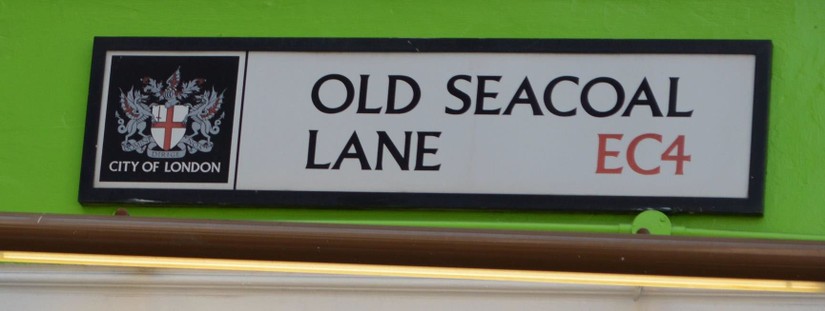
The coal industry was already well-established in the North-East of England by the 13th century. The burgesses of Newcastle were locked in a three-way economic struggle with the Bishop of Durham and the Priory of Tynemouth for control of the local coal trade for most of the medieval period. The key weapons that all three parties had were land where coal could be mined, and access to their own wharves on the River Tyne, allowing coal to be loaded on to bigger ships from small lighter boats without the need for complicated overland transport arrangements. The Bishop of Durham thus became the biggest medieval coal-supplier to London by ship. Limeburners (and smiths and brewers) were among the heaviest users of such coal in medieval times.
In about 1540, John Leland, an early antiquarian with a roving commission from King Henry VIII, visited the North-East as part of his “Itinerary around Britain” and recorded that “The Isle of Coquet standith upon a very good vayne (vein) of secoles (seacoal) and at the ebbe (ebb-tide) men dig in the shore by the clives (cliffs) and find it very good.”

Coal can certainly be found on the beaches in this area nowadays but where it comes from is not always clear. Some is thought to come from shallow seams under the sea disturbed by wave action, but a lot of it comes from coal waste historically dumped out at sea from skips carried on cables by massive aerial conveyors, which operated from the mines from the late nineteenth century until the end of the twentieth.
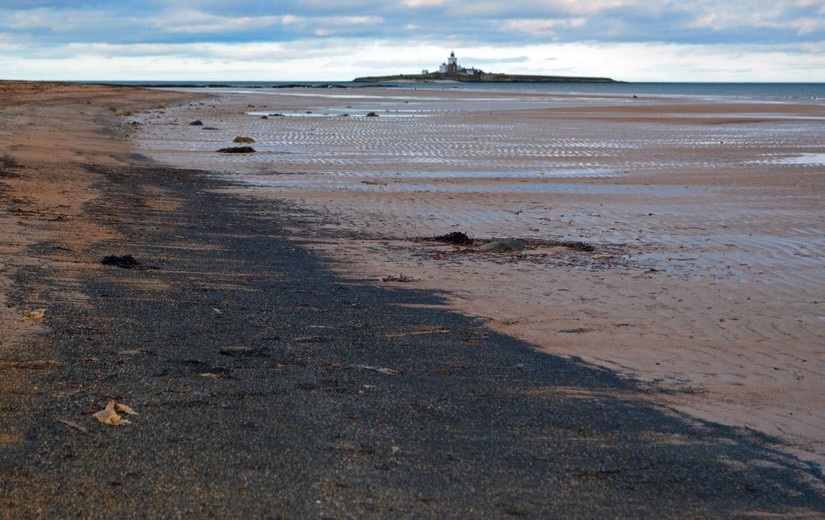
Coal seams are close to the surface in this area around Amble and Hauxley and there was extensive open-cast mining around the nearby Druridge Bay to the South. Recent proposals to revive this industry have proved to be roughly as popular locally as the now-abandoned idea of siting a nuclear power station there. The shallowness of the seams of coal here means that rectangular holes like the one in the picture below can be found all over the foreshore in the area. These were access shafts cut through the rocks to get at the coal beneath and were used in much the same way as the shafts into medieval bell-pits.
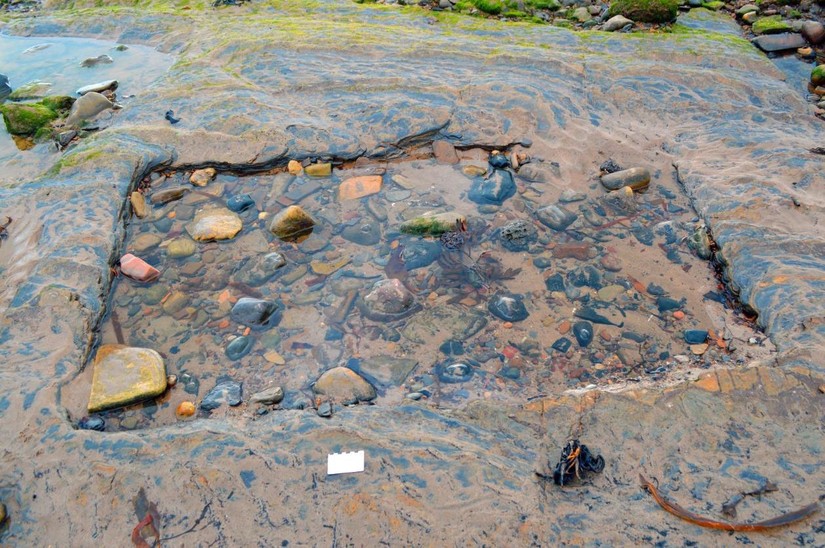
It is difficult to date these pits individually without excavating them and even if that was done the results might be inconclusive, and the effort would be difficult to justify given the logistical problems of digging them out within the tidal zone.
However, there is quite a bit of correspondence from irritated authorities about these pits because they were opened up by poor people, miners and others, seeking to get coal unofficially during strikes and other times of hardship. In 1878 the Woods Office writes to the Board of Trade that “pitmen out of employ” have “excavated and blasted” pits on the foreshore at Amble. Similarly during the national coal strike of 1910, Blyth Customs Office writes to the Board of Trade “A large number of miners now on strike have commenced blasting for coal on the sea shore,” to which the Board of Trade replies that “unless they send an armed force, I doubt they (the Woods Office) will be able to do much.” The miners were confident enough to have postcards of their activities printed. Some of the pits were reopened during the General Strike of 1926 and the Miners’ Strike of 1984.
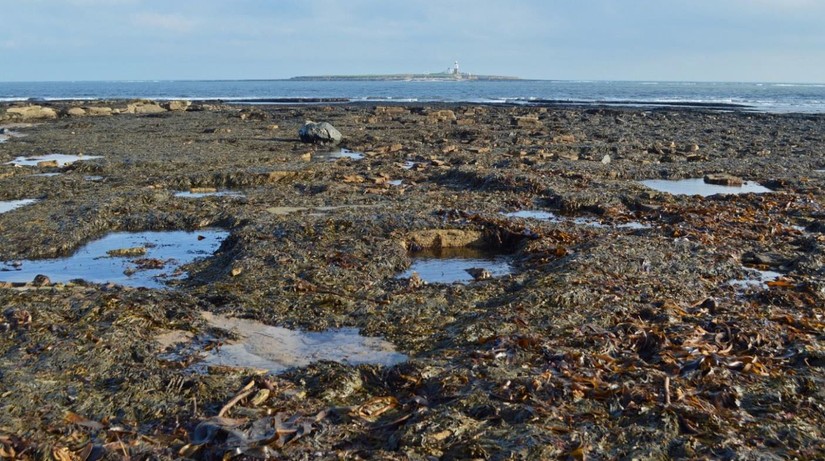
The origins of the word ‘seacoal’ are uncertain, but it is clear that it was used in medieval times to distinguish it from charcoal, which was also confusingly called coal during that period. It may have been because the Prior of Tynemouth was one of the first to exploit coal outcropping close to the surface at his seaside beaches, rather than because it was coal transported by sea.
However in the North-East, the word “seacoaling” means only one thing, and that is slightly different from how it is used elsewhere in the country. For much of the twentieth century coal was collected from the foreshore here by “seacoalers”. This involved collecting the combined product of waste dumping and undersea erosion as it washed up on the shore and shovelling it by hand into small trailers and carts, usually dragged close to the sea by piebald ponies, and selling it to local householders and industrial concerns. This desperately harsh traveller-style existence was recorded by Chris Killip in the 1970s and 1980s in his books “Seacoal” and “In Flagrante”.
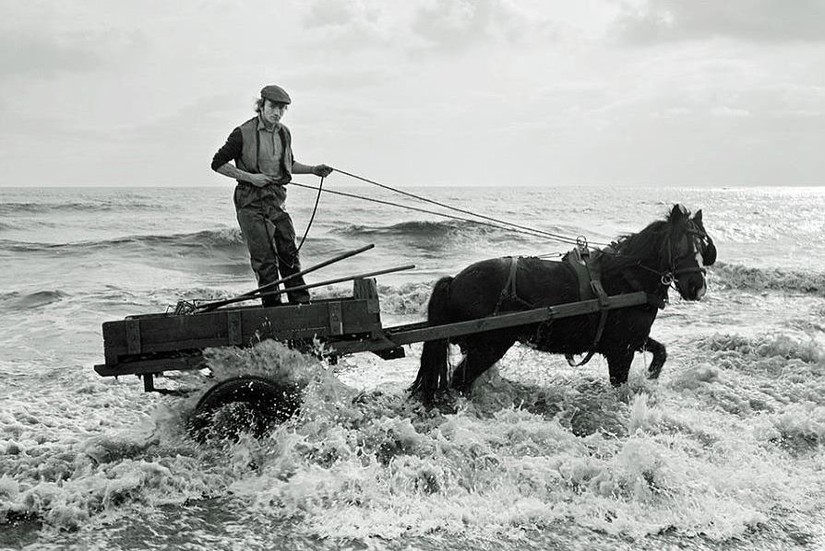
One of the main customers for this seacoal, was at Lynemouth, where for many years the Alcan aluminium recycling plant operated, an energy-intensive industrial site, which required its own power-station, serviced by two coal-mines at Lynemouth and Ellington, and by the seacoalers.
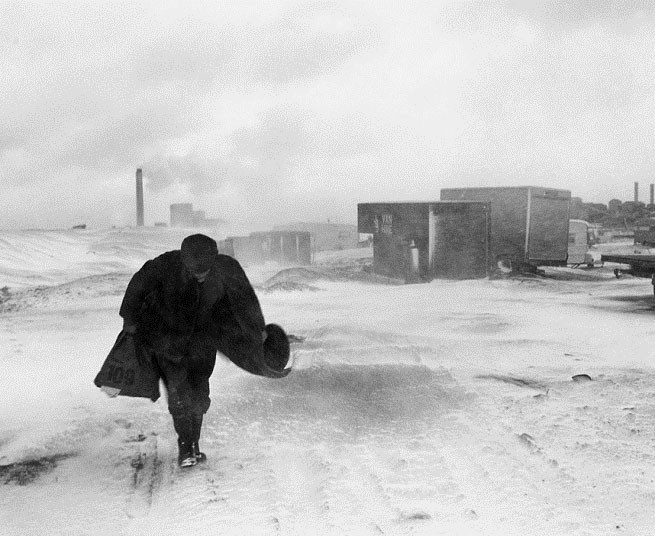
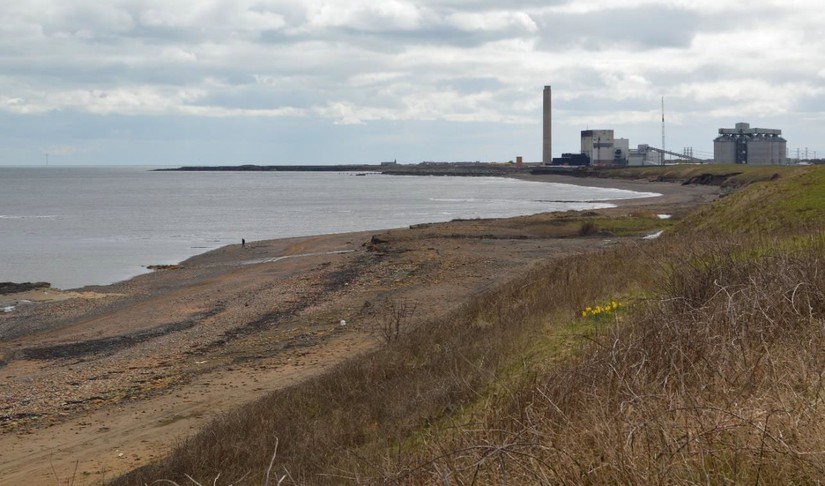
The mines are now closed, as is the Alcan site. It opened in 1974 and ceased production in 2012. The power station no longer services the smelting operation and electricity generation was transferred to the control of the National Grid but it is no longer coal-fired to the same extent. The 2001 Large Combustion Plant Directive of the EU required that the plant be converted to a different form of energy production less-reliant on coal, with its associated environmentally unfriendly gases, so it has been converted to run on biomass fuel and the need for coal has been gradually phased out. A satisfactory environmental result surely? Not if you accept the argument of Biofuelwatch.org.uk which says that the conversion “threatens forests and aggravates climate change”. In the circumstances you might imagine the seacoalers could have just faded away but….
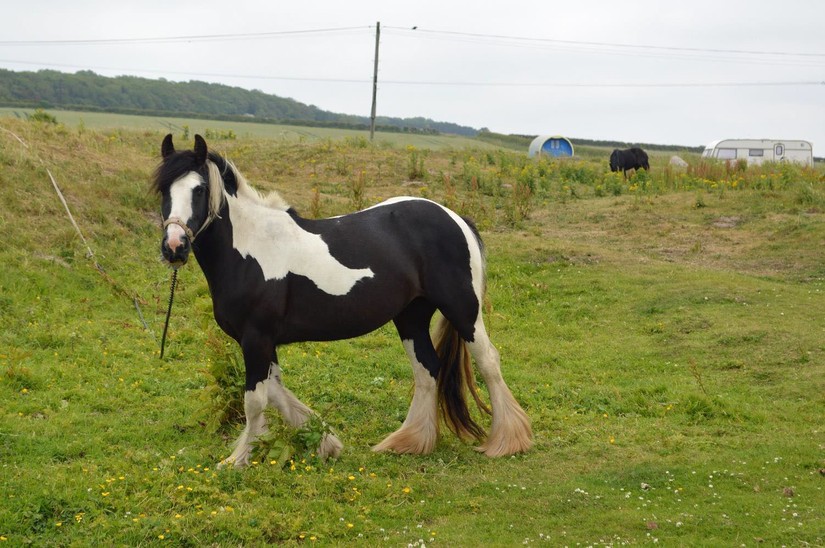
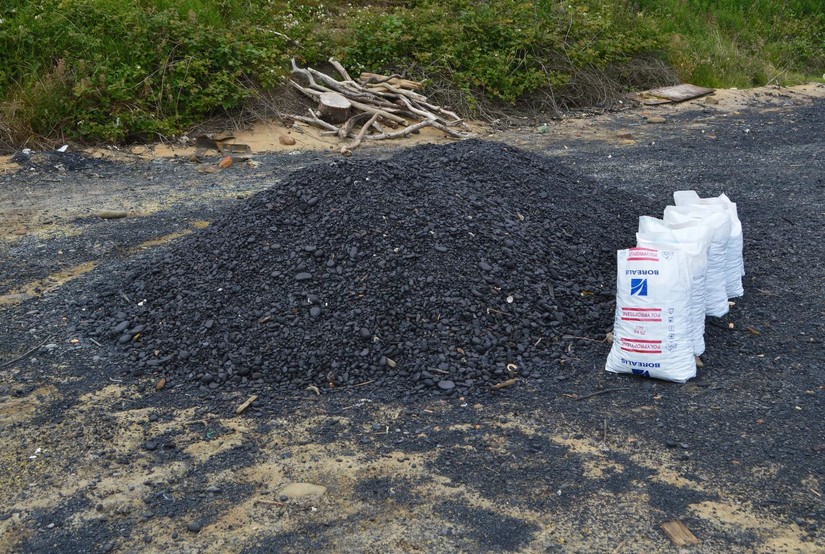
...I’d like to think they haven’t...
...but it might be a while before the tides stop turning the beaches black, especially if no one is collecting the seacoal.
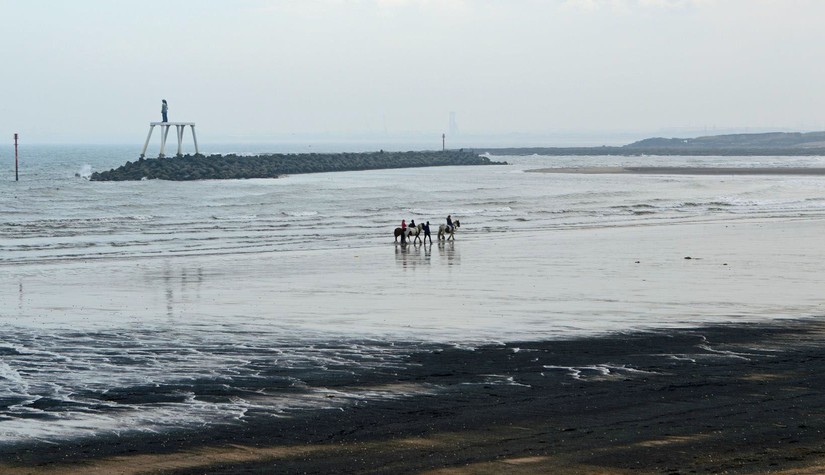
Further reading
On Amble and Hauxley district: https://www.fusilier.co.uk
On Lynemouth Power Station: http://www.biofuelwatch.org.uk/2016/lynemouth-briefing/
Chris Killip’s “Seacoal”: https://vimeo.com/33016727

